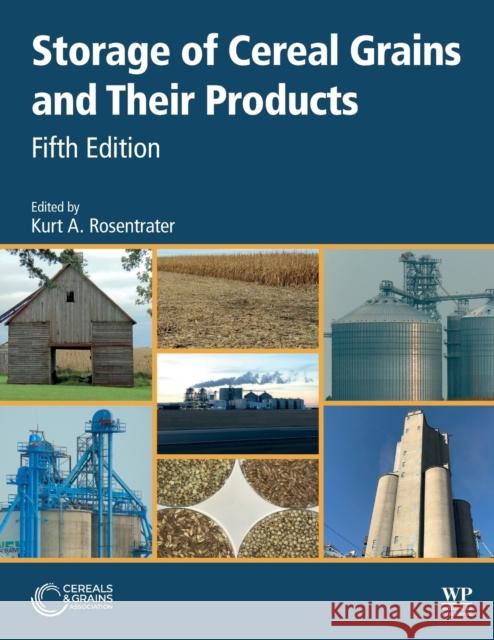Storage of Cereal Grains and Their Products » książka
topmenu
Storage of Cereal Grains and Their Products
ISBN-13: 9780128127582 / Angielski / Miękka / 2022 / 620 str.
Kategorie:
Kategorie BISAC:
Wydawca:
Woodhead Publishing and AACC International Pr
Język:
Angielski
ISBN-13:
9780128127582
Rok wydania:
2022
Ilość stron:
620
Oprawa:
Miękka
Wolumenów:
01
Dodatkowe informacje:
Bibliografia
Wydanie ilustrowane
Wydanie ilustrowane











